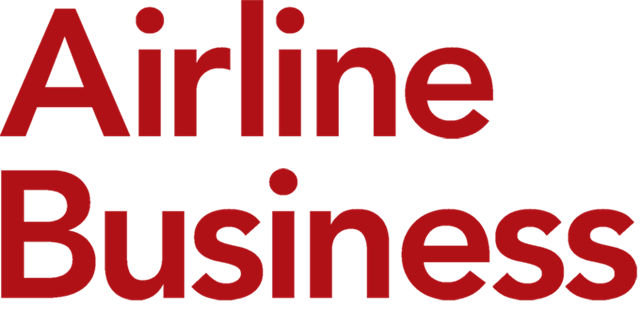Q1 2025 performance report for benchmark Asia-Pacific airlines

Full data from Airline Business’s benchmark airlines in Asia-Pacific shows a decline in profitability for the first quarter of 2025, despite an improvement in operating revenue and passenger traffic.








 membership benefits
membership benefits